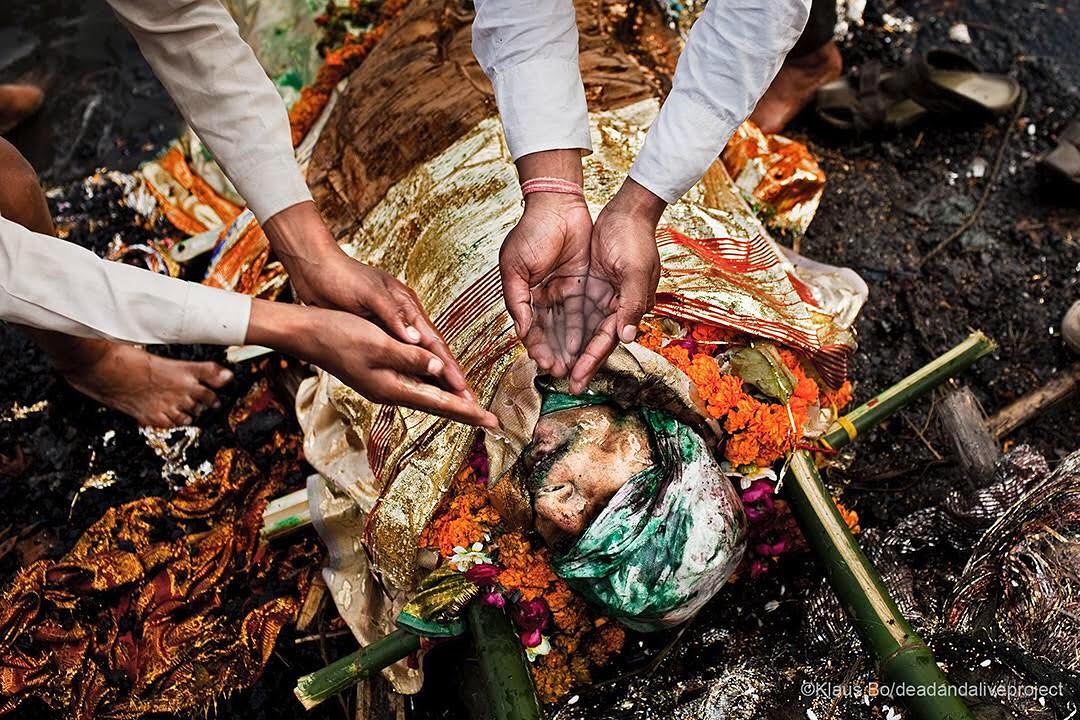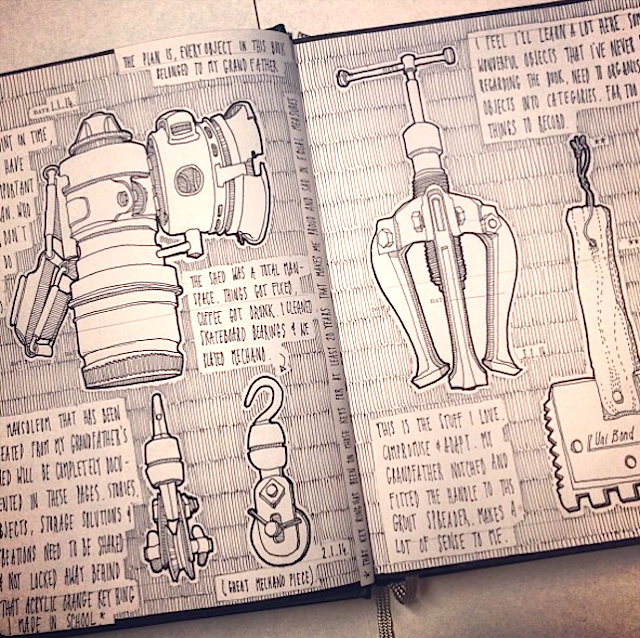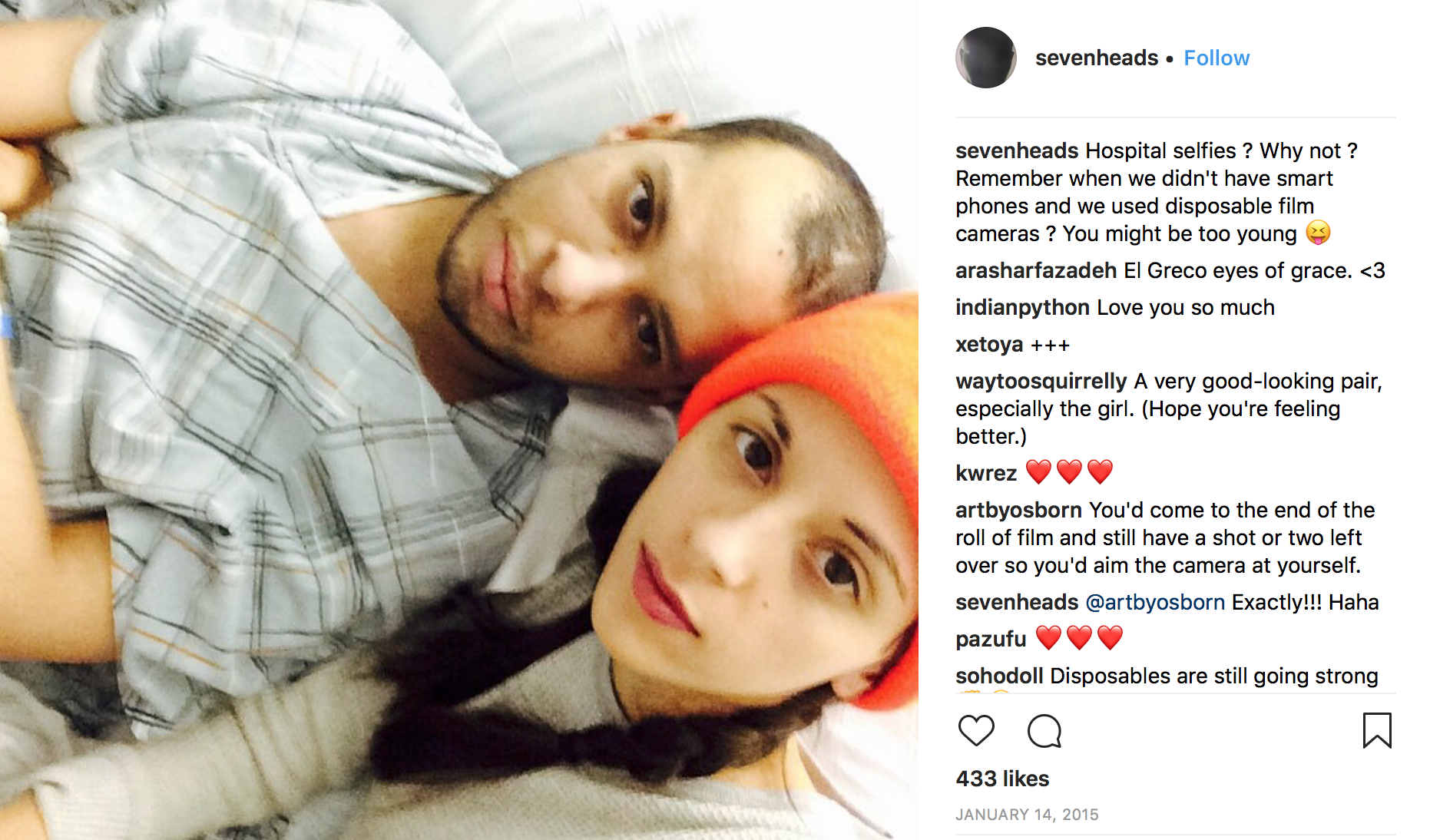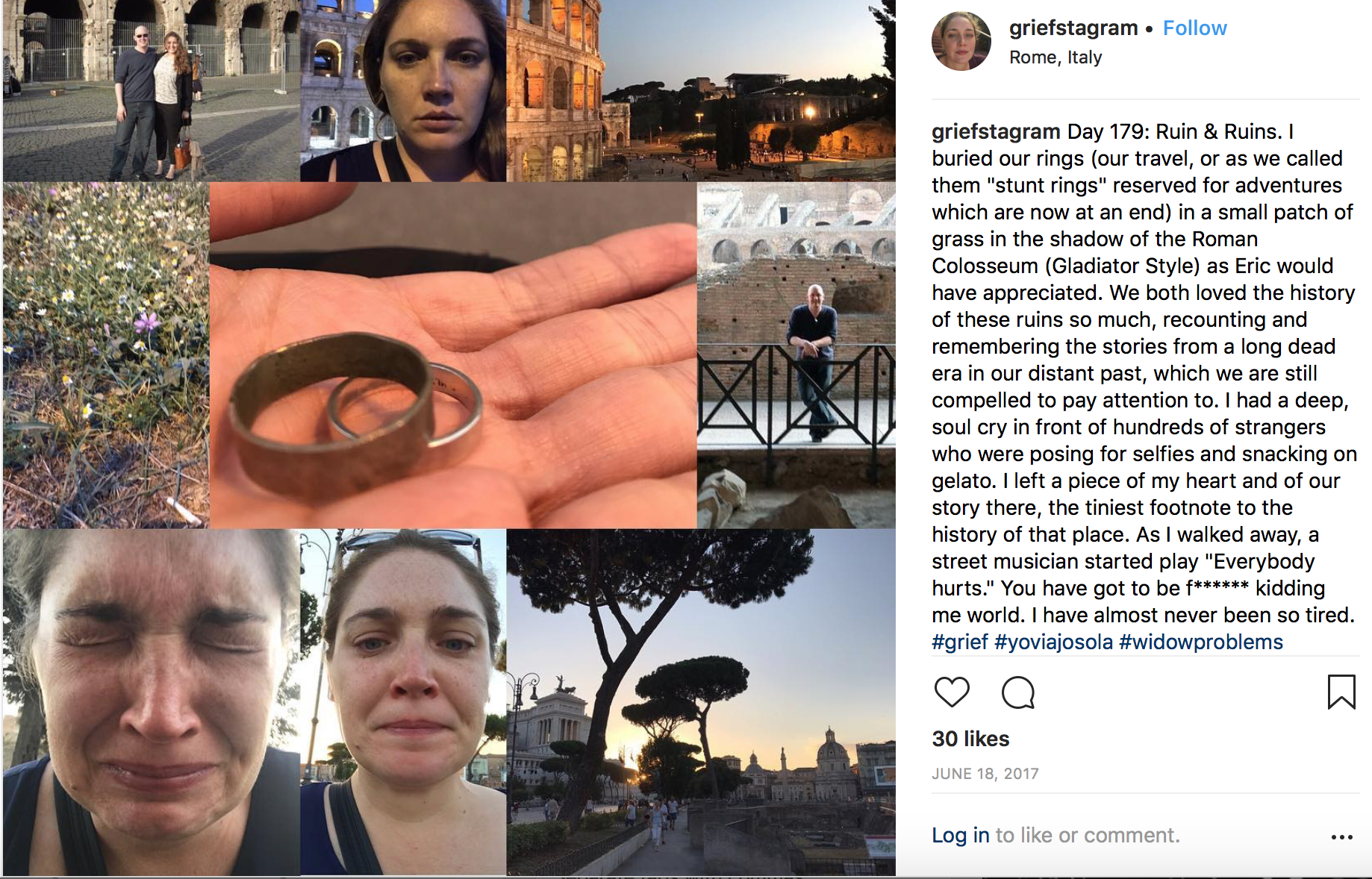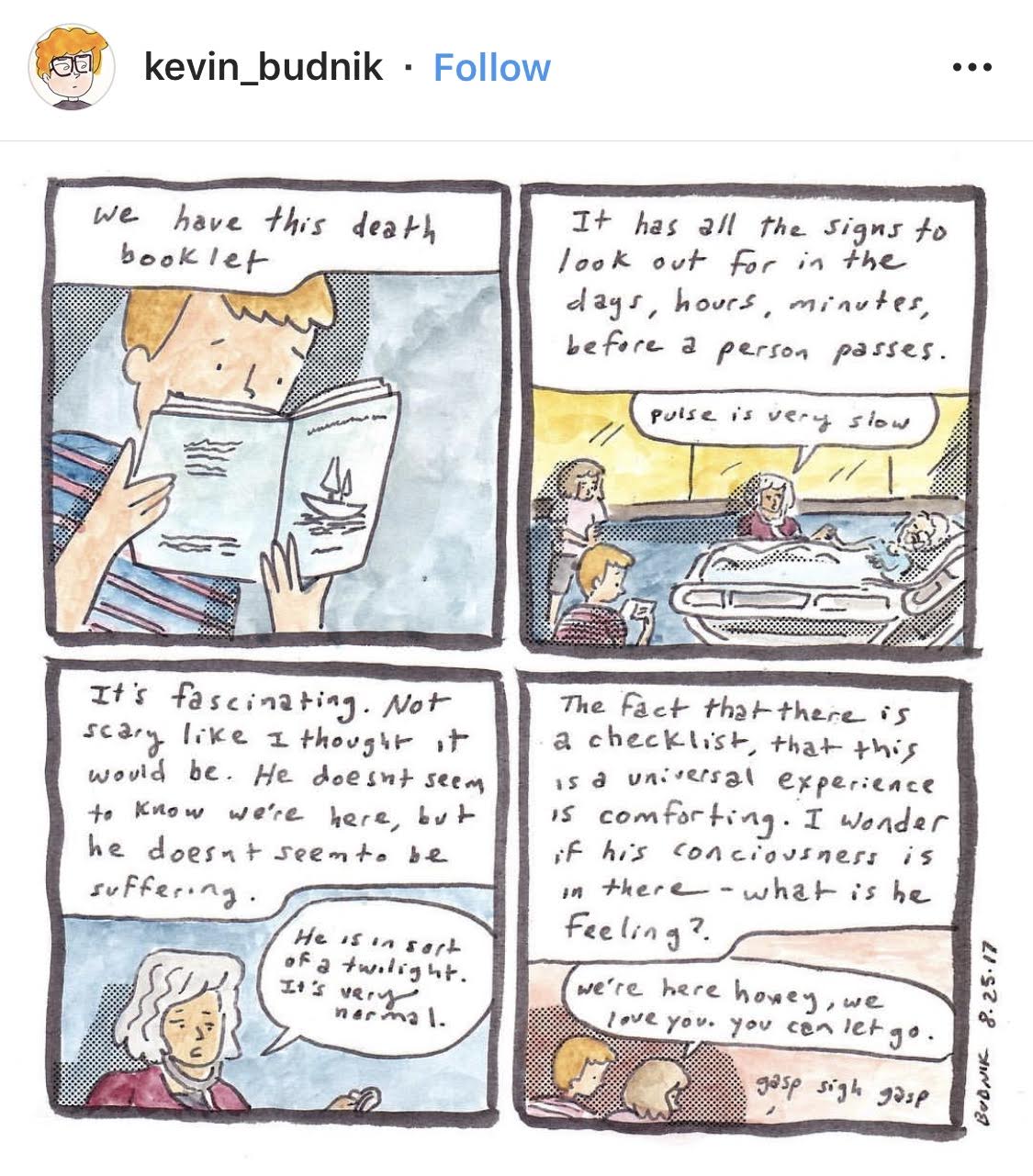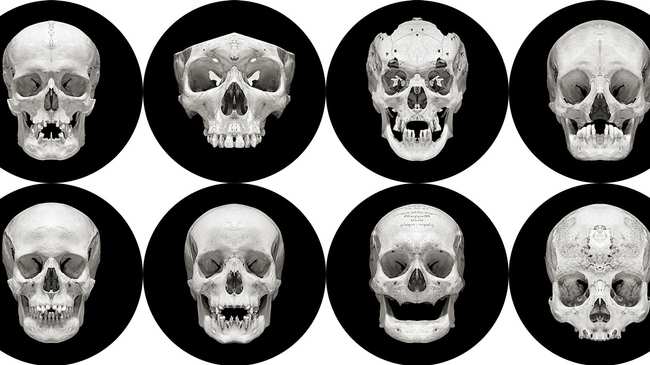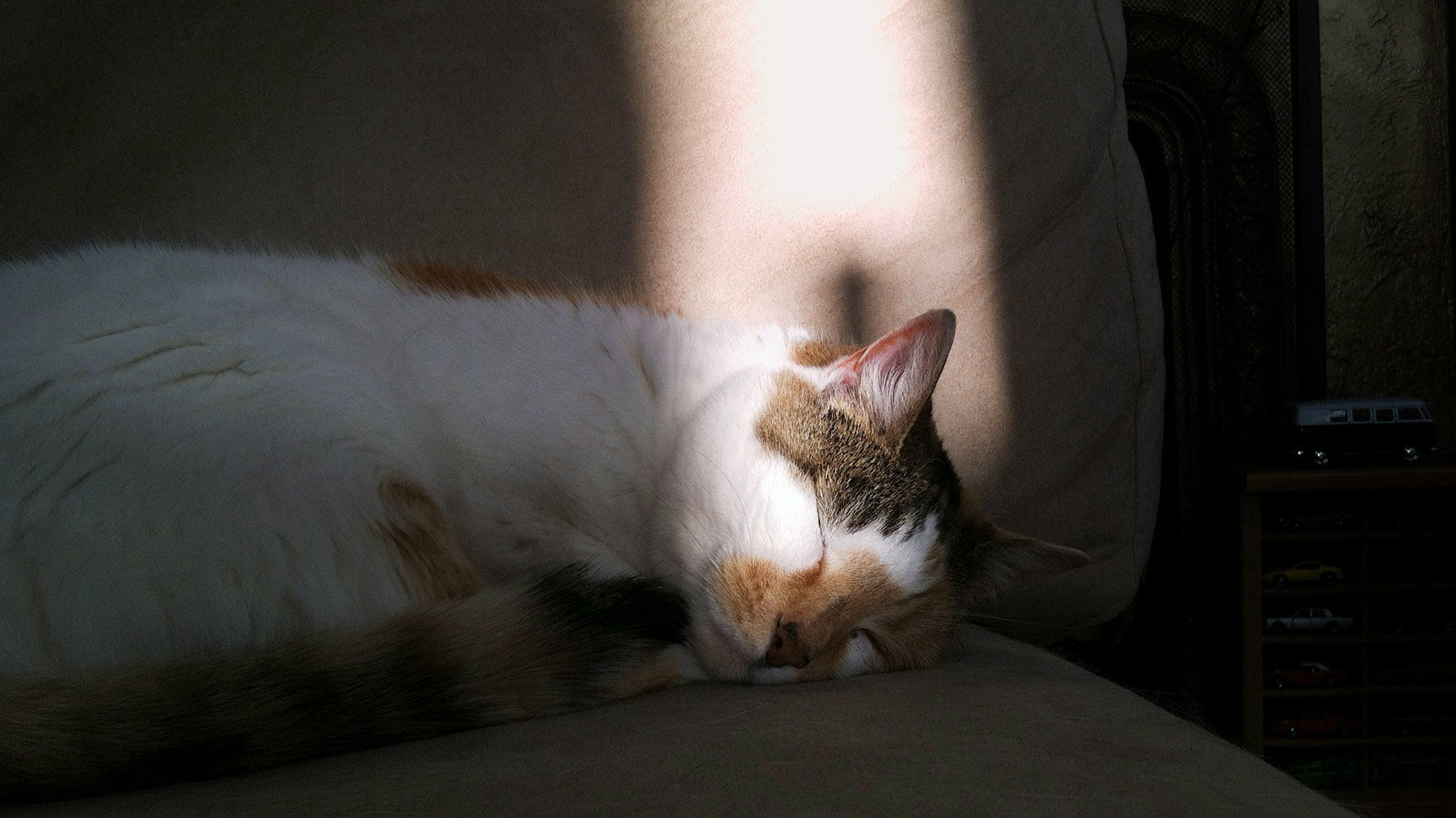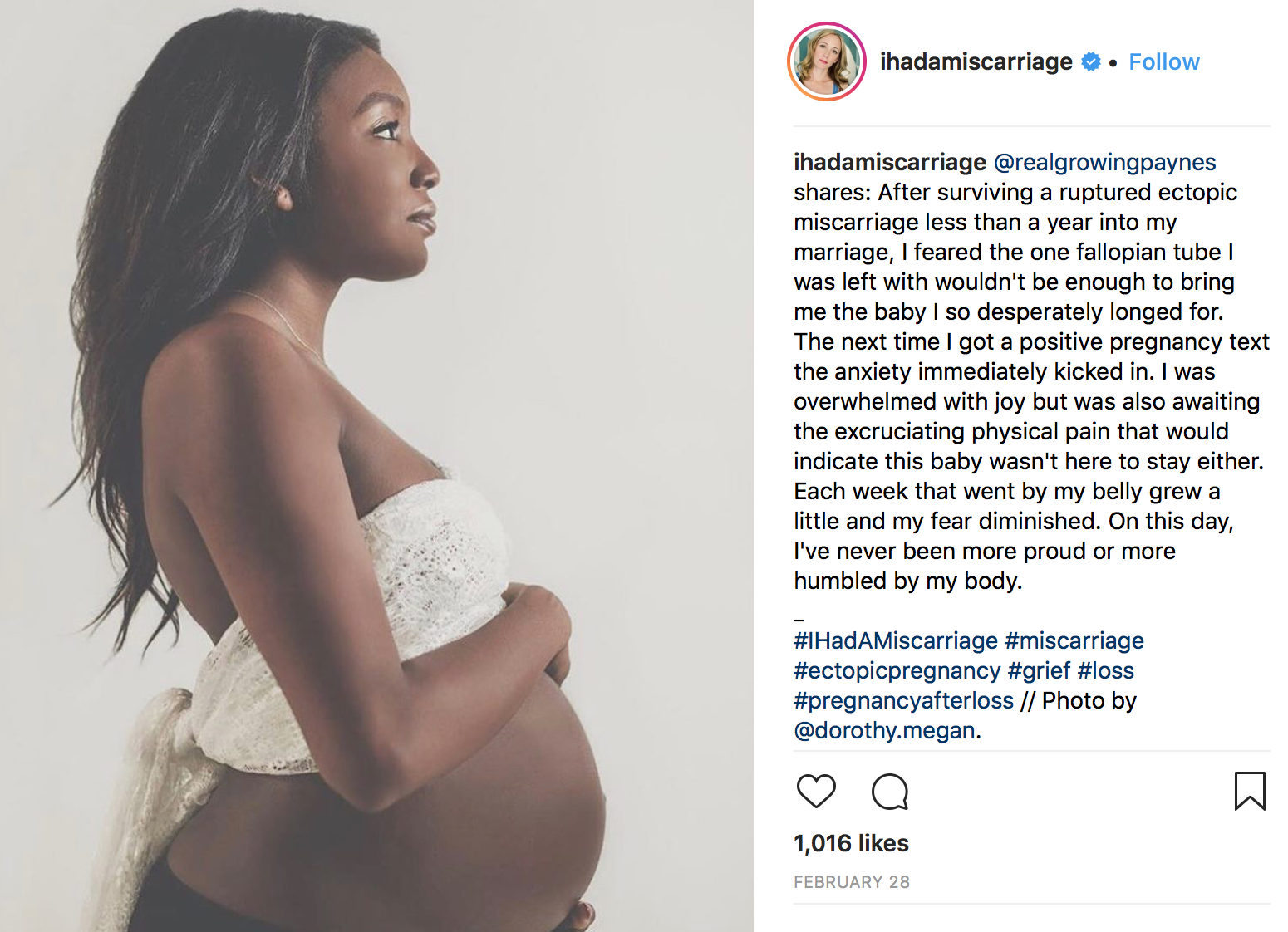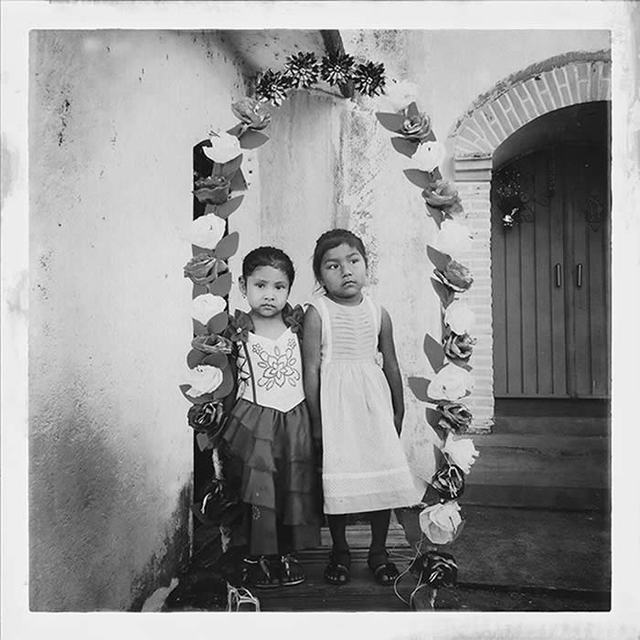People are using Instagram in innovative and meaningful ways, especially when it comes to the subject of death. Here are ten different accounts that are using the social media platform to help them grieve, create spaces to talk about death, bring comfort to families who are victims of violence, and showcasing the power of meaningful death rituals around the world.
Dead and Alive Project – @deadandaliveproject
Photographer Klaus Bo has been travelling the world for the past seven years exploring various death rituals in an effort to help death-avoidant Western societies understand the importance of funerary rituals, and cultivating a healthy relationship with death and our dead.
Bo says, “Today we are obsessed with youth. People don’t want to grow old and they don’t want to die. We repress death. I want us to learn from other cultures. I want us to embrace our dead. The dead are not gone, they are alive in our hearts.”
The Shed Project – @leejohnphillips
For the past few years artist Lee John Phillips has been drawing every single item in his grandfather, Handel Jones’ work shed, as a way to honor and remember him after his death. “My grandfather passed away…and my grandmother treats (the shed) as a mausoleum. Neither she, or the shed will be around forever., I’d like to preserve it for my family,” Phillips said.
Seven Heads – @sevenheads
“This Instagram is sooner or later, a tombstone.”
Jonathan Waiter was a New York fashion photographer who died from non-hodgkin lymphoma in 2015. His @sevenheads account documented his life, and the end of it.
In a short film made about Waiter’s choice to share his death on Instagram, he talks about how his doctors avoided talking about anything that didn’t “inspire hope,” and of the many unhelpful messages he received that used language like “fight” or “battle,” as though his death was simply a matter of choice. Waiter spoke openly about his thoughts and feelings sharing, “…there is that darkness that looms and it’s like the entire spectrum of emotion demands to be felt at once. Everything is violent and everything is bright. I think it was always like this, I just couldn’t see it with such clarity. I certainly do now, and now everything is painful and beautiful at the same time.”
Griefstagram – @griefstagram
When Kate George’s husband died, she had difficulty finding content that reflected the reality of grief. “The few images I had seen of grief in the media strongly influenced my experience of it in the early days. Before my husband’s death, I had mostly learned about grief from the movies…I had seen friends and family members grieve at funerals, but what happened later I never saw. I now know I did not understand grief all. Not knowing what grief really looked like made all of my actions and emotions feel just plain wrong. I have learned that grief is so much more complicated, subtle and variable than I ever thought.”
On @griefstagram George’s posts are heartbreaking, raw, and also…funny. By sharing the complicated realities of grief she also provides comfort and community, by helping others in mourning feel like they aren’t so alone.
Kevin Budnik – @kevin_budnik
There have been some outstanding graphic novels and comics recently whose stories address death, loss, aging and mortality, including Can’t We Talk About Something More Pleasant? by Roz Chast, and the new series, Euthanauts from Tini Howard.
One memorable example of people using art to bear witness to and help make sense of the things we so often struggle to put words to, can be found on artist Kevin Budnik’s Instagram. Here, Budnik uses his art as a way to process his emotions and share his thoughts as his father is diagnosed with cancer, undergoes treatment, and as he and his family grapple with anticipatory grief.
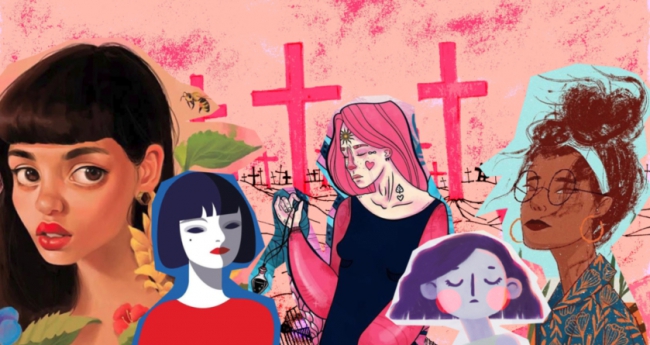
No Estamos Todas – @noestamostodas
No estamos todas, (which translates to “we are not all here”), endeavors to cultivate awareness about the staggering number of femicides throughout Mexico and other parts of the world. The project is regarded as being part of wider efforts by activists calling for an end to gender-based violence.
Contributing artists compile information about the victims to create portraits honoring the women’s lives. Captions always begin with the stark reminder that “No estamos todas, nos falta…” – “We are not all here, we are missing ______” followed by the victim’s name.
The co-creator, an activist who uses the name Frida Guerrera, says she hopes that the project will have a lasting impact. The women participating stated, “We [want the project] to be a celebration of their lives. We want to remember [these women] as people with aspirations, histories, and dreams.”
David Orr – @davidorrart
For the past decade David Orr been traveling to the sites of people’s violent deaths and photographing the skies above for his ongoing project, All That is Solid Melts into Air. The images serve as both portraits of absence and as abstract memorials to the individuals represented.
“The skies will still be here long after structures, landmarks and addresses have become altered or disappeared entirely. What I photograph will never be the same sky as when the death occurred and that is an essential point of the series. Something happened, but the world moves (and has moved) on.”
You’ll also find images from Orr’s series on human skulls entitled Perfect Vessels on his feed.
Preston Gannaway – @pgannawayphoto
For many of us, our pets serve as our sole constant figure of love and support throughout our lives. Though we experience many changes and uncertainties, our animal companions are there through moves, relationships, family disharmony, and job changes. The relationship we forge with such special partners is unparalleled, and when they die, the loss can be devastating. So it was for Preston Gannaway and her cat Isis, named after the Egyptian goddess. The pair shared almost seventeen years together, before Isis died in 2015.
As a way to help her grieve, Gannaway decided to post a photo of Isis on her Instragram every day for 100 days, tagging them #100daysofisis. In one of the photo captions. She says, “It’s so easy and tempting for me to get busy with work and just bury the loss. But this odd commitment I’m trying to keep forces me to spend time with her, at least in the only way that I can now. And then I savor it.”
Gannaway is no stranger to documenting grief and loss through her lens. As a photographer, she won a Pultizer for her series Remember Me, in which she spent two years with a family coping with a terminal illness, and eventual death.
I Had a Miscarriage – @IHadAMiscarriage
An account that was created by Jessica Zucker, a psychologist who specializes in reproductive and maternal mental health, after experiencing her own heartbreaking and traumatic loss.
@IHadAMiscarriage creates a space where people are able to share their personal stories of loss, and help break the silence surrounding their feelings and experiences of shame, guilt, isolation, grief, and invisibility that often accompany reproductive loss and infant death.
Adriana Zehbrauskas – @adrianazehbrauskas
In 2014, 43 students from the Ayotzinapa Rural Teacher’s College in Mexico were forcibly disappeared. Details surrounding their disappearance are mired in controversy and officials have not been forthcoming. In result, families have been left with few answers or support from the agencies that are supposed to be aiding them, leaving many in a state of perpetual limbo and grief.
While working with families of the 43 disappeared, documentary photographer, Adriana Zehbrauskas “….noticed that none of them had family photos – all they had were snapshots taken on their cell phones that were lost or accidentally deleted. Nobody printed any more pictures. It struck me that these people were not just denied a future with their loved ones, but they were also denied a past – with the lost photos, their memories would also eventually vanish. And who are we, without our memories?”
As a response, Zehbrauskas created Family Matters, a portrait series of the families backed by the Getty Images Instagram Grant. Zehbrauskas would bring along a printer on her shoots to provide each subject with a tangible copy of their image. “We try to assert that in a world of constant change and inevitable loss, there are things that time has no right to destroy,” the portraits are her way of reinforcing this idea.

